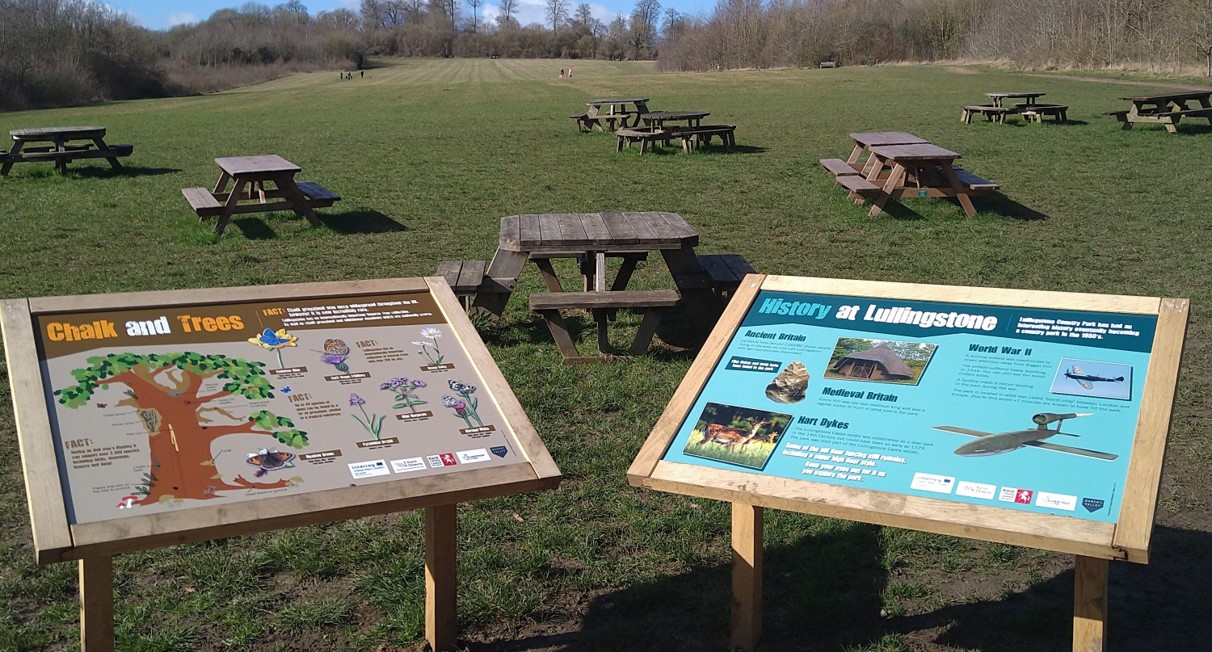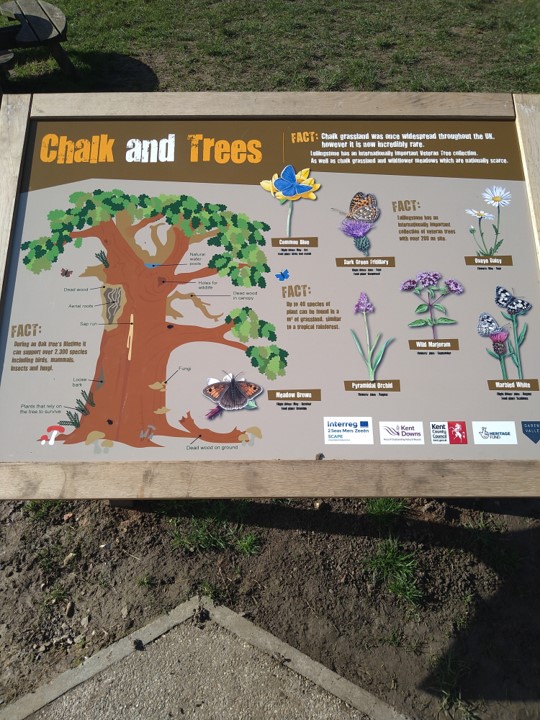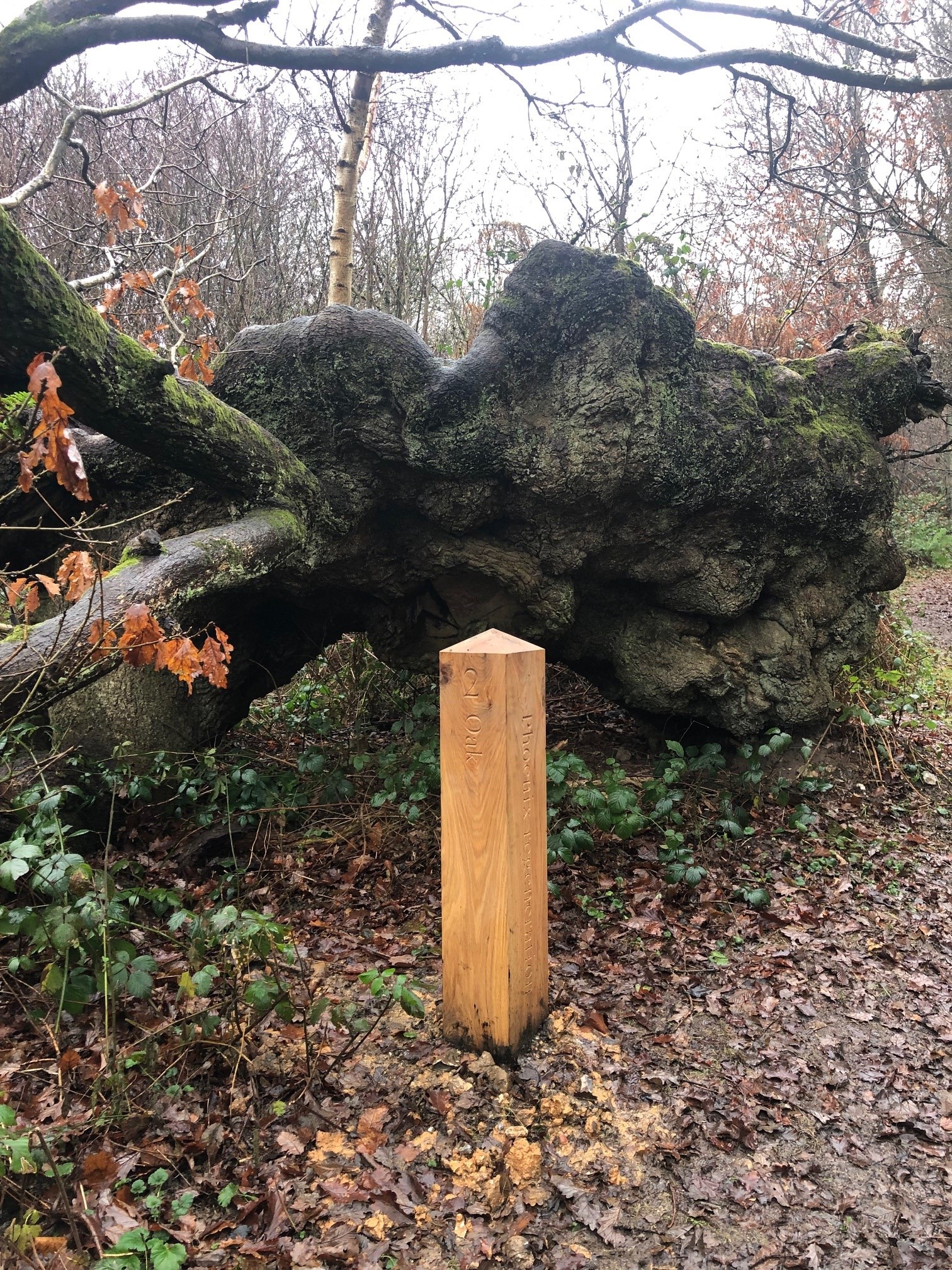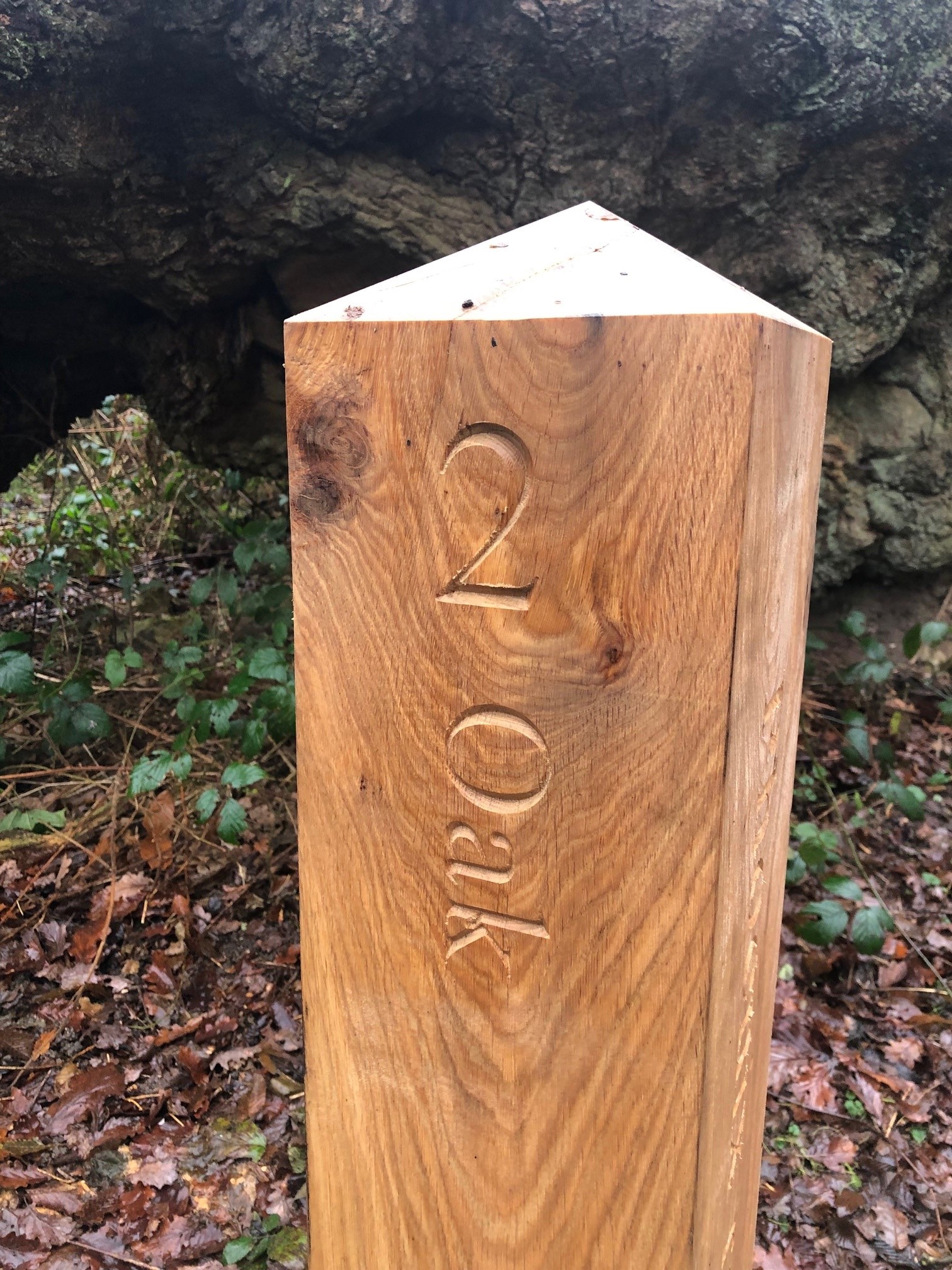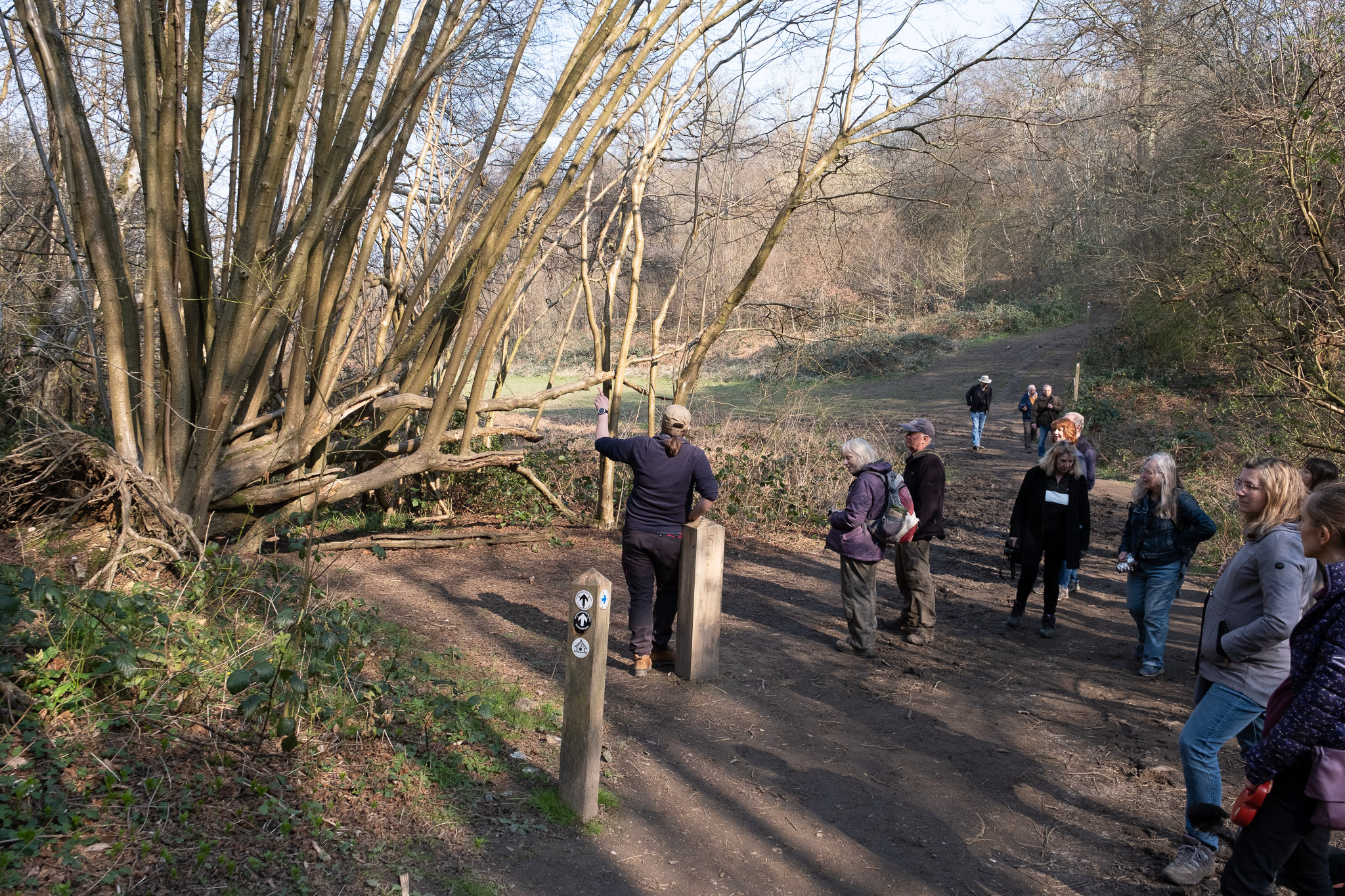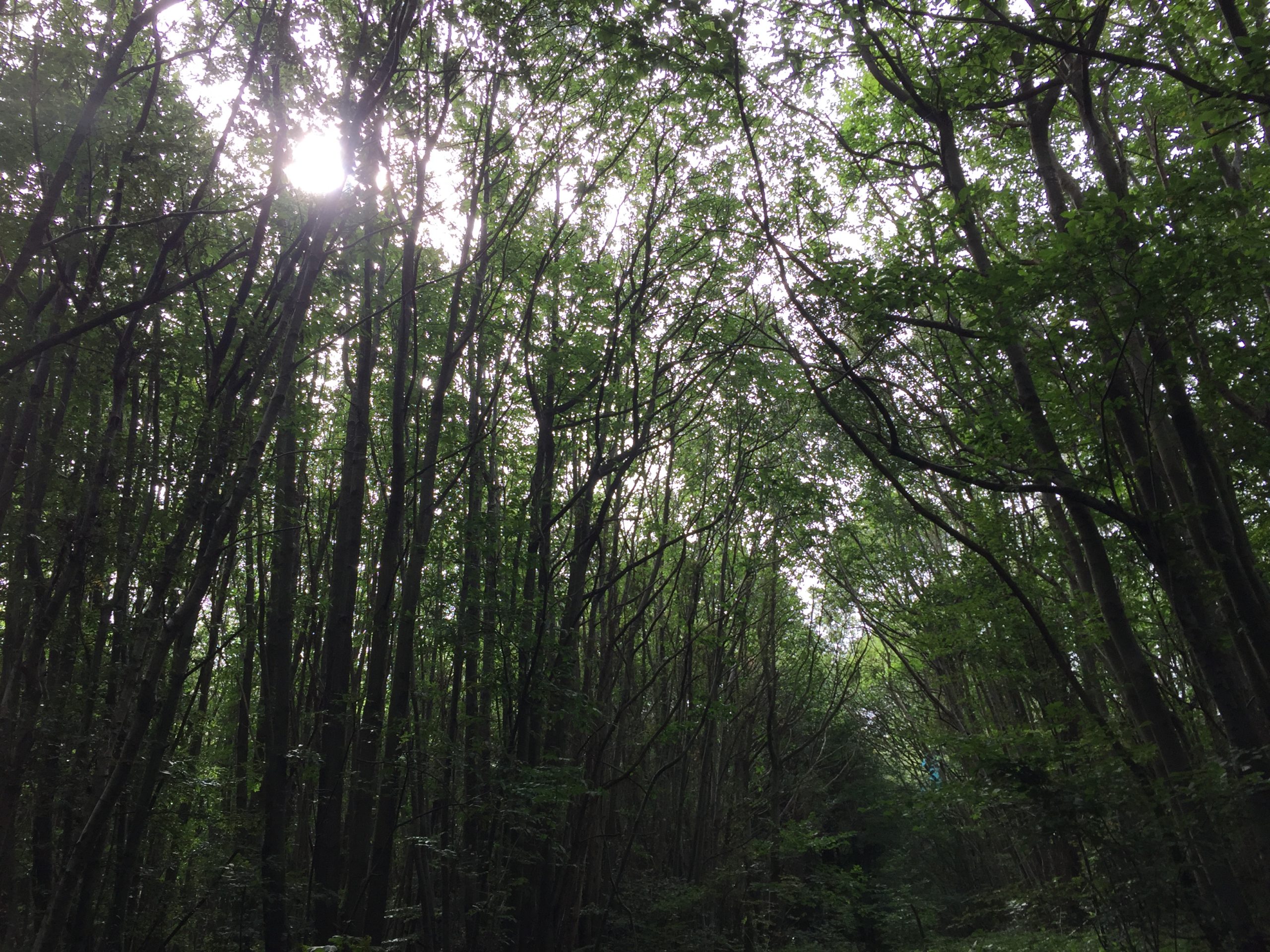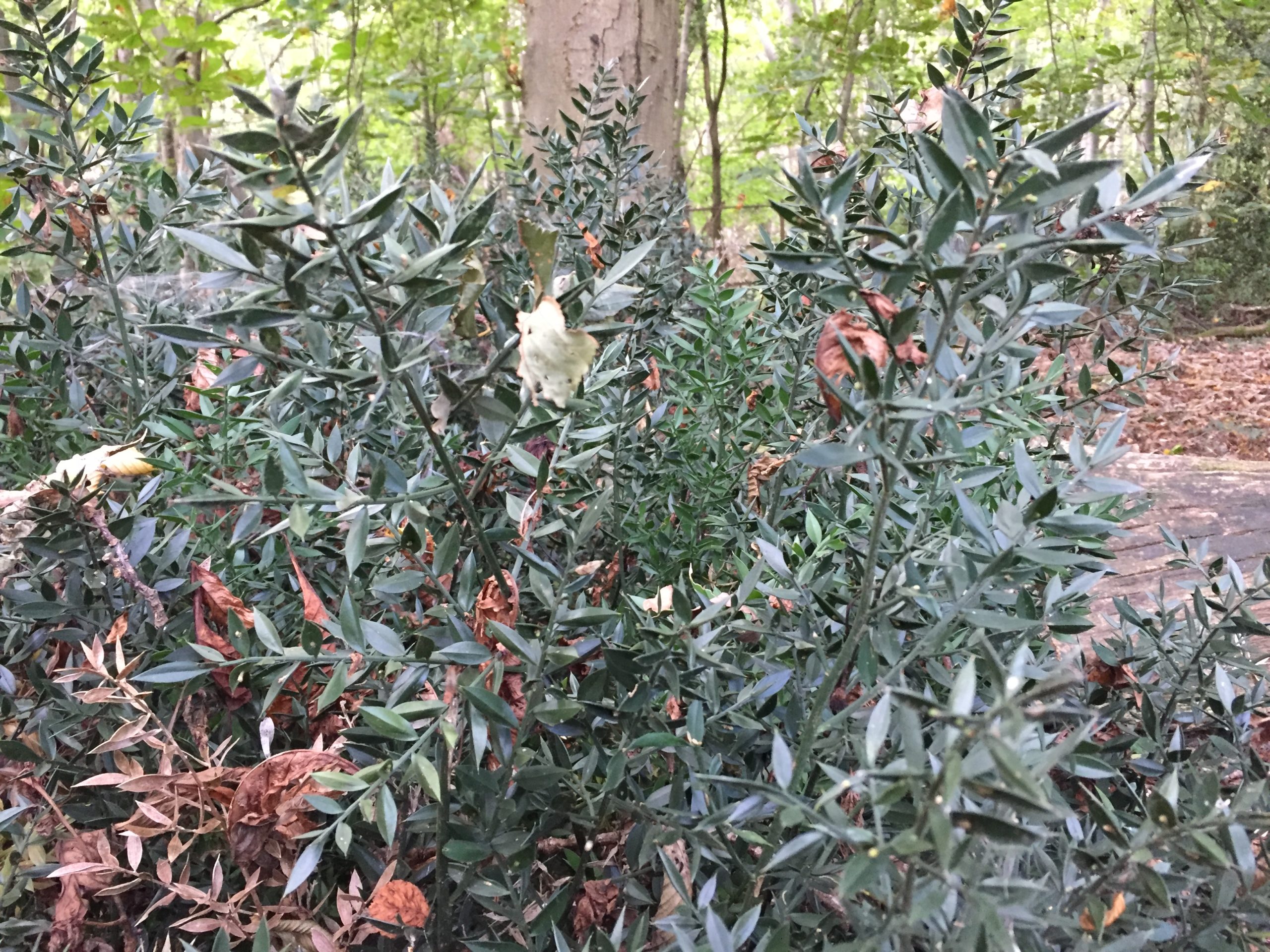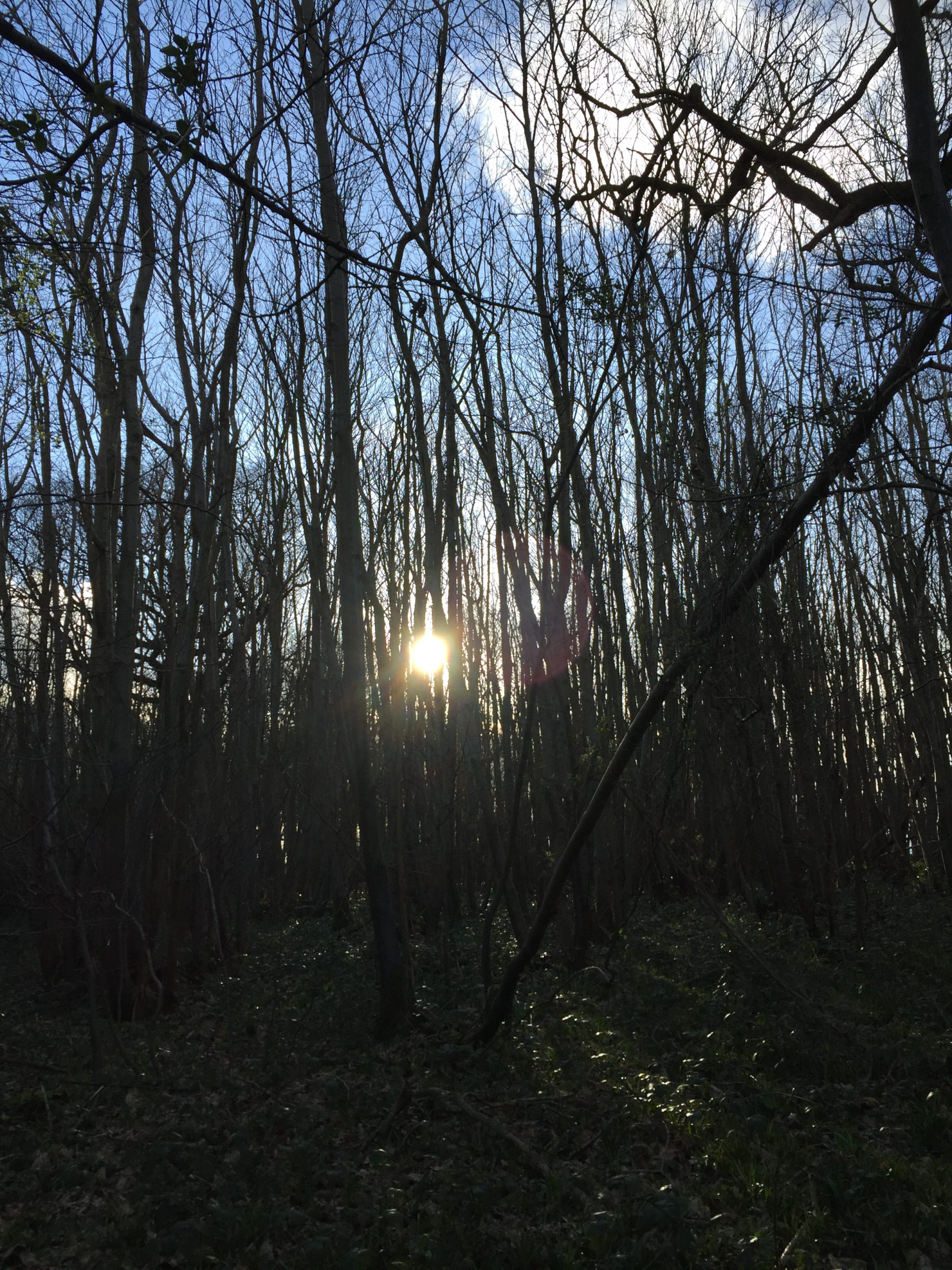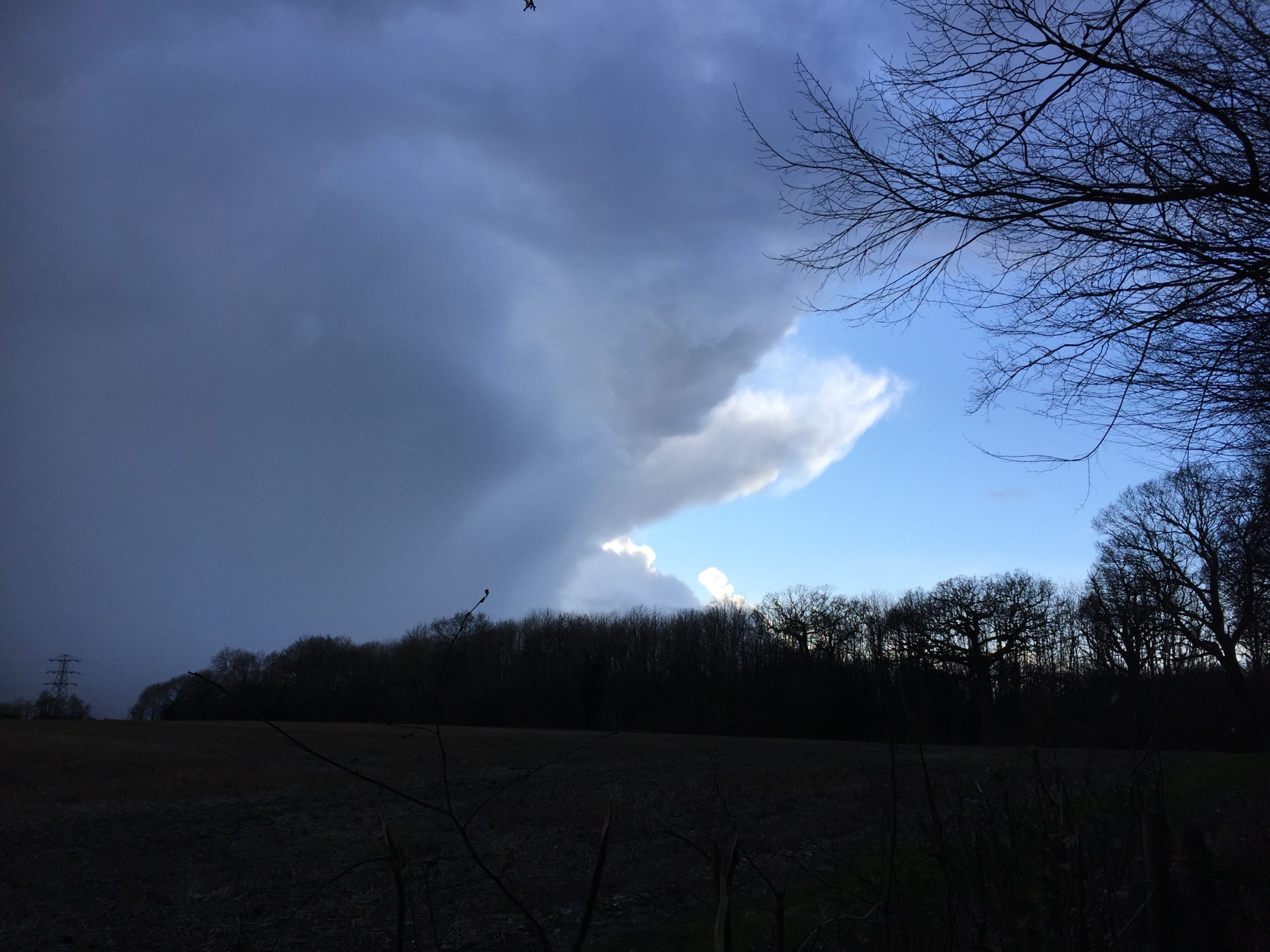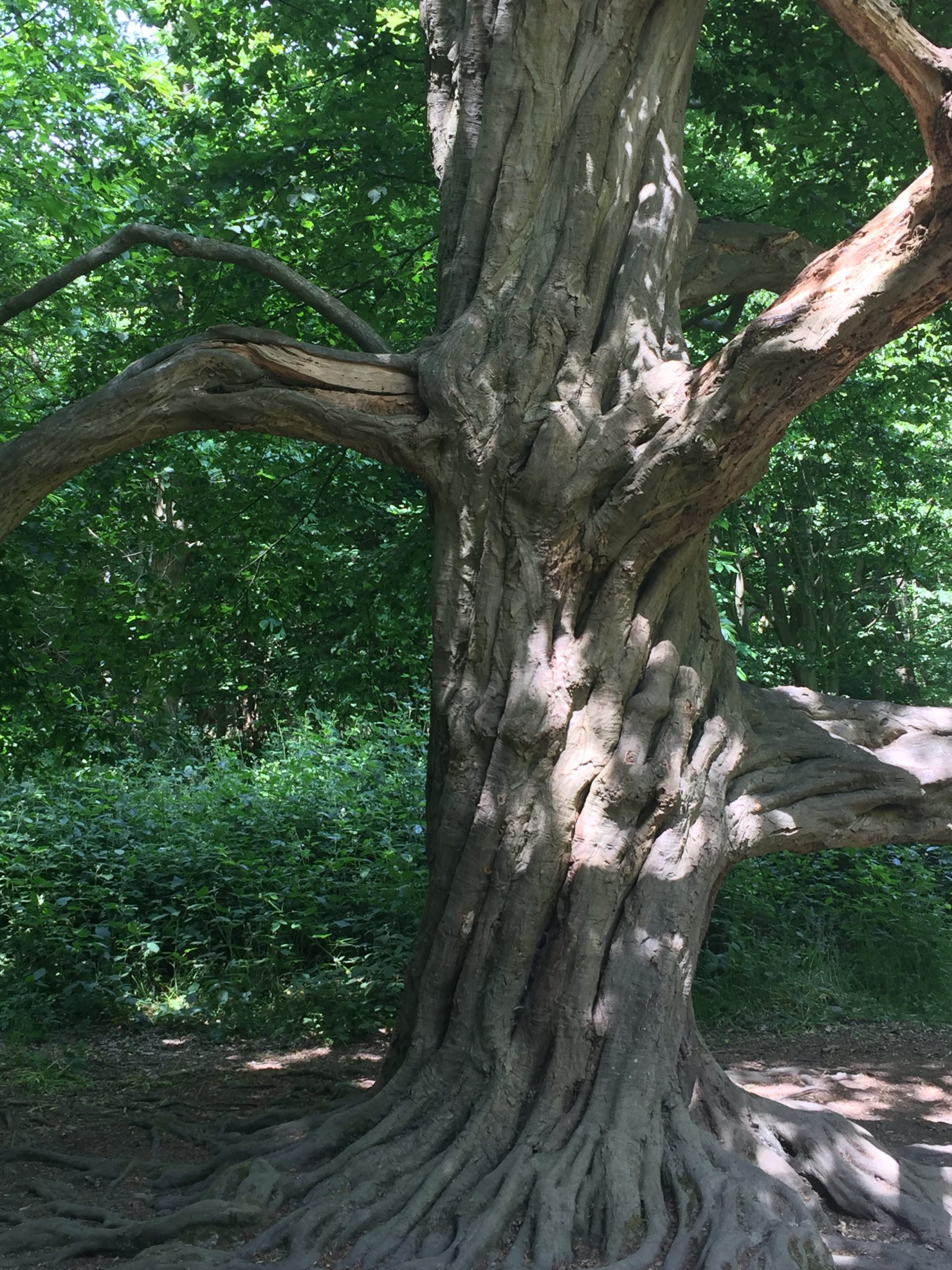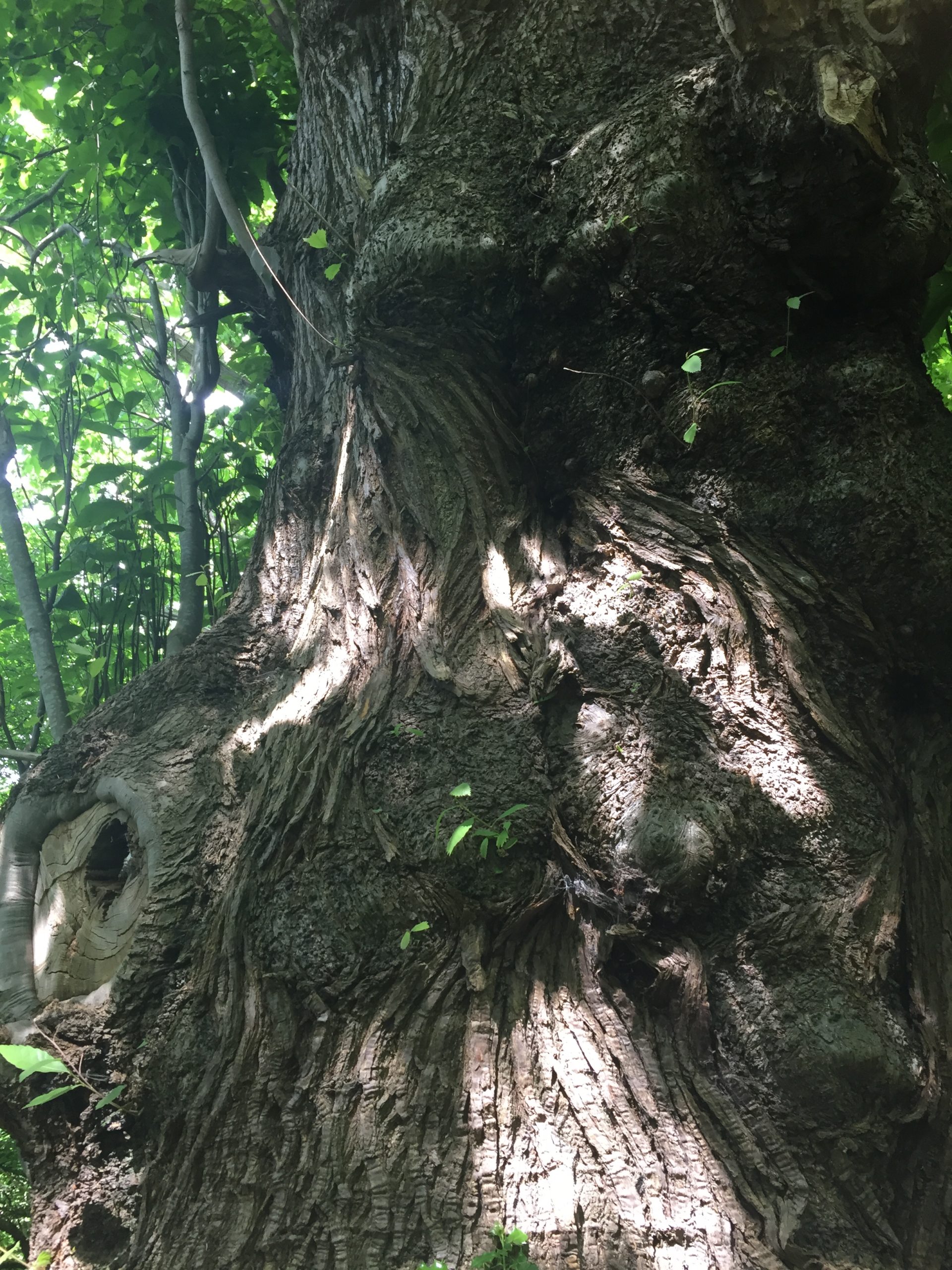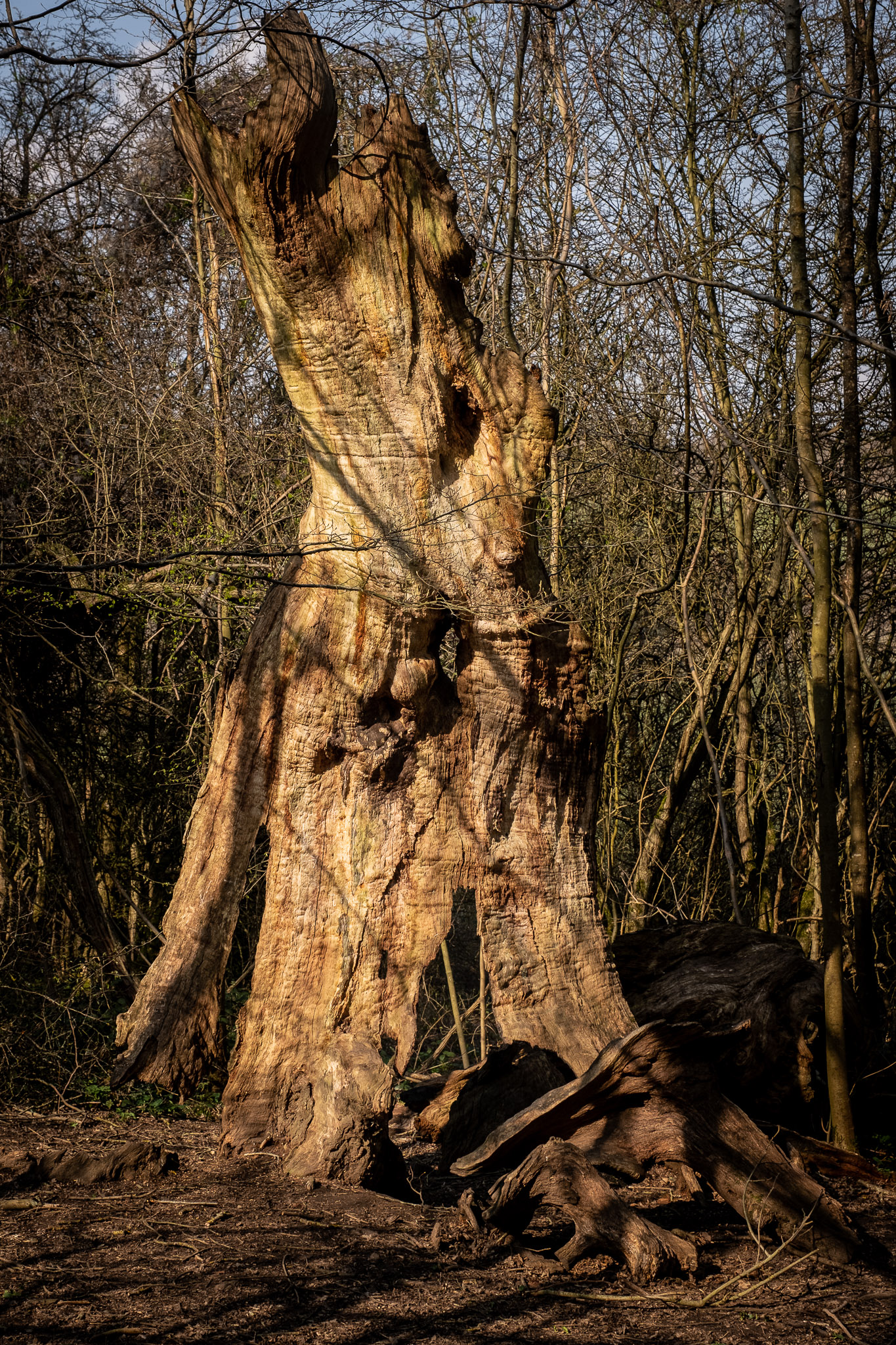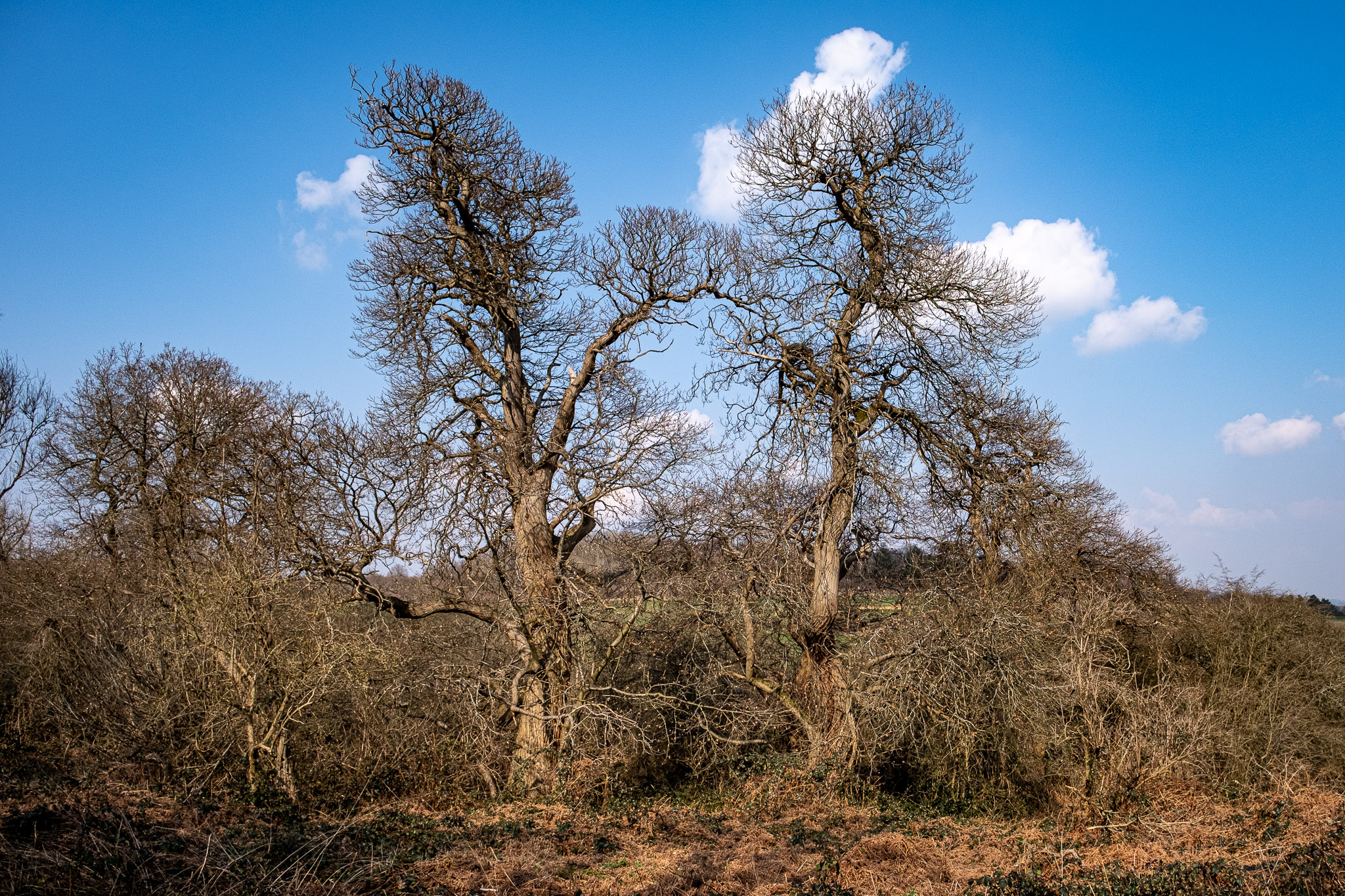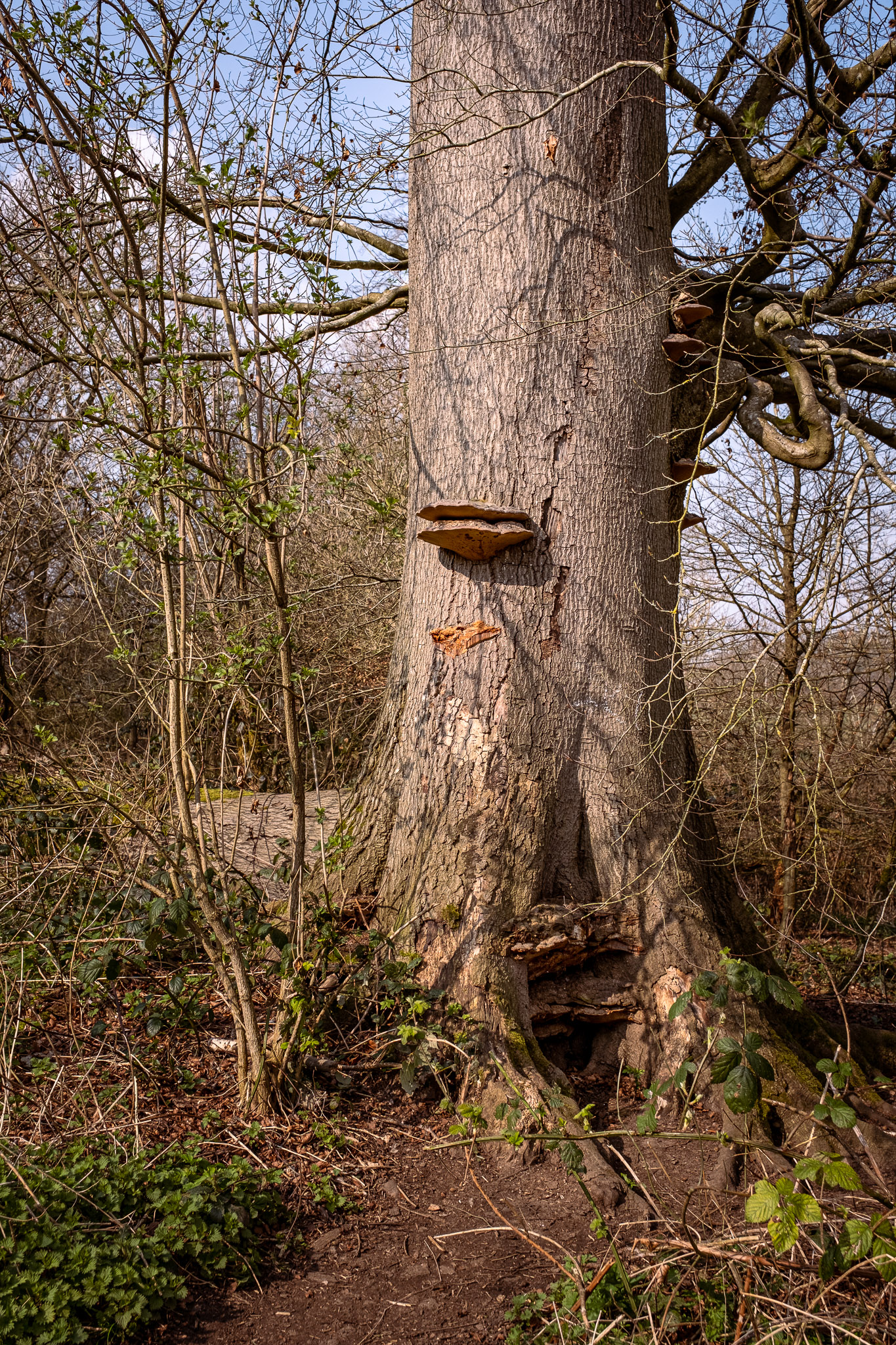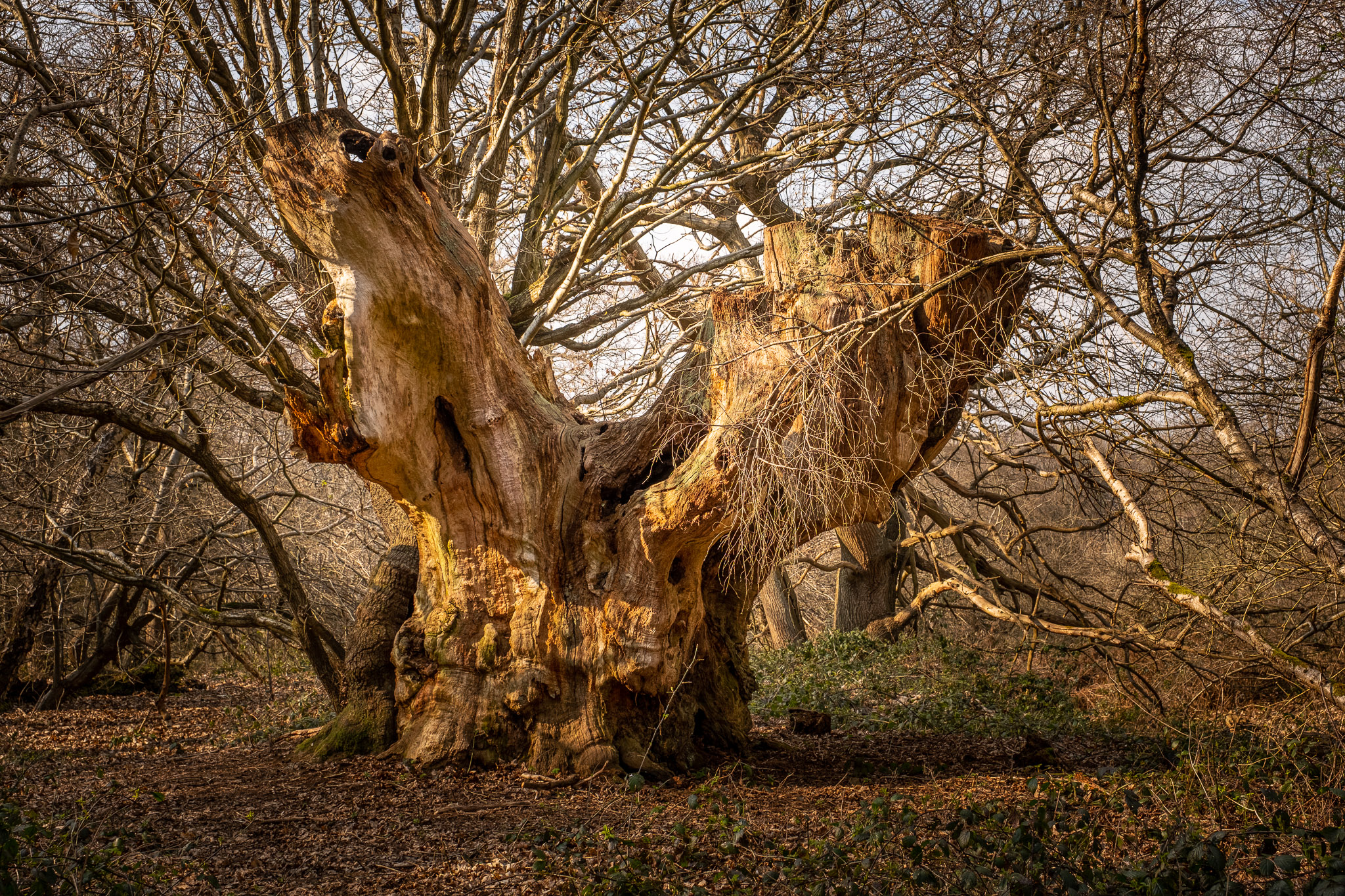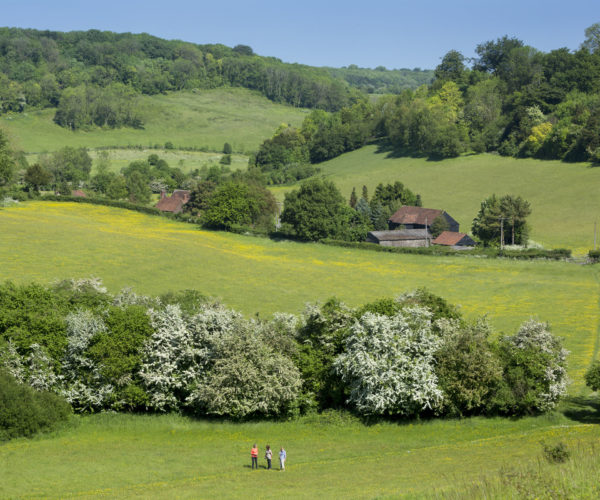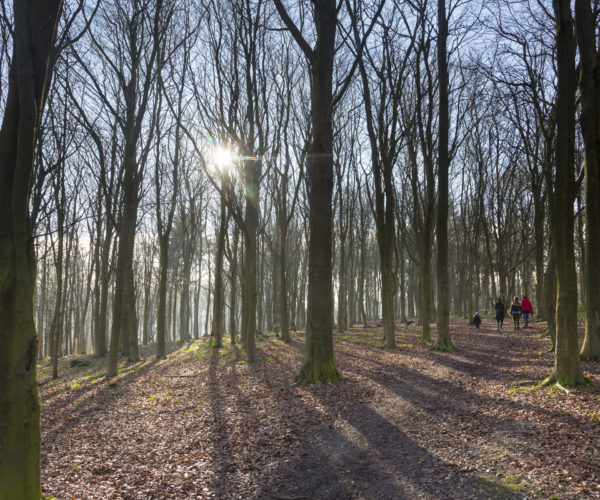Lullingstone Park is home to over 300 veteran oak, beech, ash, hornbeam and sweet chestnut trees – some thought to be 800 years old. This project aims to help protect, sustain and manage notable trees so they can flourish for years to come.
Immortalised in the inspired and visionary paintings and sketches of British artist, Samuel Palmer, almost 200 years ago, the ancient and notable trees of Lullingstone Park bring awe and joy to visitors of the precious Darent Valley. Our project, Samuel Palmer’s Great Veterans of Lullingstone Park, aims to protect, sustain and manage these great veteran and notable trees. The goal is to ensure that they can flourish for many years to come, and continue to inspire residents and visitors alike.
As part of the DVLPS project, 92 future candidate veteran trees have been mapped and a further 208 trees have been reassessed. Each tree now has its own individual tree management plan. This will help the Country Parks team prioritise and mange the trees in the future.
Support from the golf course groundworkers, management, team captains and members is much valued and essential to increase awareness about the importance of the site’s veteran trees. A guided walk for groundworkers has prompted discussions on how small management changes can further protect the veterans.
Oak Processionary Moth, which is an invasive non native species that can cause damage to oak trees, has been spotted at the country park. In response to this DVLP and the Countryside Management Partnerships have teamed up with Forestry Commission to deliver some training to land managers and volunteers in the area. This training has enabled an early warning system to be set up so field signs can be recognised and reported as soon as possible so infestations do not spread.
The site’s interpretation has been revamped with three panels about the site’s veteran trees, history and chalk grassland located at these locations around the site. Orientation panels at the riverside, main visitor centre and golf course entrance further aid visitors in discovering and engaging with the site. There are also 10 veteran tree posts dotted around the site to point out some of the site’s magnificent veteran trees.
Many of these magnificent trees, along with the wider landscape, are recognisable in Samuel Palmer’s paintings and sketches; they appear today just as they did nearly 200 years ago to Palmer. Art lovers can especially appreciate this direct and visible link with Samuel Palmer’s work and what better way to enjoy this than on the Samuel Palmer Trail with accompanying audio-visual guide that passes through the site.
- Protecting, sustaining and managing veteran trees
- Highlighting the cultural connection to our landscape
- Ensuring longevity and connection for years to come
Best way to travel
Lullingstone Park and its veteran trees is part of Lullingstone Country Park, just south of Eynsford. The nearest train station is Eynsford (1.1miles, 1.8km). Alternatively, follow the brown tourist signs to the Country Park from the A225.
If you would like more information on our Samuel Palmer’s Great Veteran Trees of Lullingstone Park project, please contact darent.valley@kentdowns.org.uk



